The Polestar 2 emerges as a compelling emblem of innovation and sustainability in the automotive realm. Crafted by the progressive fusion of electric performance and Scandinavian design, this electric vehicle (EV) symbolizes a significant leap toward a more conscious and thrilling driving experience.
With a sleek, minimalist exterior that seamlessly merges elegance with aerodynamic efficiency, the Polestar 2 catches the eye while embodying a commitment to sustainable materials and eco-conscious manufacturing. Its interior, a sanctuary of modern luxury, blends high-quality craftsmanship with cutting-edge technology, offering an intuitive and connected space for drivers and passengers alike.
Beyond its captivating aesthetics, the Polestar 2’s electric powertrain delivers exhilarating performance, boasting impressive acceleration and a long-range battery, thereby redefining the standards of what an electric vehicle can achieve. Its advanced features and commitment to sustainability align with a vision for a greener future, making the Polestar 2 not just a car, but a statement of progress and environmental responsibility.
Polestar was founded in 1996 as a racing team of the Volvo company, but by changing its nature and directly belonging to the Swedish brand Volvo in 2015, it joined the automotive industry directly and introduced the world with the first version of its products called Polestar 1. shocked The presence of the second product of this relatively emerging brand means seriousness in the process of producing electric cars and supplying a basket of clean products in the near future.
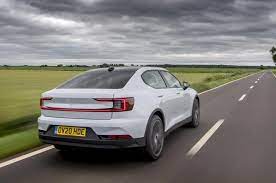
Technical Specifications:
According to Maximilian Missoni, head designer of the Polestar brand, the initial design of the Model 2 was actually a test version and a concept to measure the small sedan class car market, which coincidentally, due to the huge difference with Volvo’s common products, his eyes and the CEO and quickly turned into a practical plan.
This car rides on the mid-size CMA monocoque platform, shared with the Geely brand of China, because the Geely brand became the owner of the shares of Volvo in 2010. Now that Volvo belongs to the Geely subsidiary, it is not far from the expectation that this famous Swedish brand will benefit from technology and joint investment with the Chinese. Hence, the Polestar 2 version is a small liftback sedan based on Volvo’s 40.2 concept car. The chassis is made of steel, which is moved with the help of two electric motors (one for each axle) and uses the structure of two axles (four-wheel drive). According to Volvo, the Polestar 2 equipped with a 78 kWh battery (the most powerful model) is 200 kg heavier than its American rival, the Tesla Model 3. Of course, Polestar claims that this weight comes mostly from its reinforced steel chassis. According to this claim, Polestar’s goal is to improve the safety and endurance of the car chassis against road accidents, in order to preserve the health of the passengers and the battery pack, while maintaining its originality in the field of safety, like the mother brand (Volvo).
Polestar version 2 uses MacPherson Strut suspension system in the front and multi-link in the rear, which is a common system today in medium and small cars. But this car still comes with a 5,000-pound performance-oriented option, which, if customers are willing to pay this figure, with features such as shortened suspension springs to reduce height, manual Ohlins adjustable aids, 20-inch alloy rims Forged, reinforced brakes made by Brembo in Italy and golden belts are included in the cabin.
Polestar 2 is launched in three different trims, which are known as standard range (single engine), high range (single engine) and high range (two engines) based on useful range and mobility. In the single-engine versions, only one 230 HP and 330 Nm engine and a 69 kWh battery pack are used, which, despite having a lower weight (between 1940 and 2040 kg), an initial acceleration equal to 7.0 seconds has it.
Challenges facing Polstar 2 :
While the Polestar 2 stands as a symbol of innovation and sustainability in the automotive industry, it faces several challenges typical of new entrants in the market:
- Infrastructure: The infrastructure for electric vehicles, such as charging stations, is still developing in many regions. Limited charging infrastructure can create range anxiety for potential buyers and pose a barrier to widespread adoption.
- Competition: The electric vehicle market is becoming increasingly crowded with established players and newcomers alike. Competing with well-established brands requires Polestar to distinguish itself not just through its technology but also in marketing and brand positioning.
- Supply Chain Constraints: Like many in the automotive industry, Polestar may face challenges related to securing a consistent and reliable supply chain for components like batteries, which can impact production and delivery schedules.
- Regulatory Hurdles: Changes in regulations and government policies related to emissions, subsidies, and manufacturing standards can impact the production and sales of electric vehicles. Adapting to these changes while staying competitive can be a challenge.
- Customer Education: Educating consumers about the benefits of electric vehicles, addressing concerns about range, charging times, and overall performance, remains an ongoing challenge for Polestar and the entire EV industry.
- Price Sensitivity: While EVs offer savings in the long run due to reduced fuel costs and maintenance, the upfront price of electric vehicles, including the Polestar 2, might still be a deterrent for some consumers, especially in comparison to conventional internal combustion engine cars.
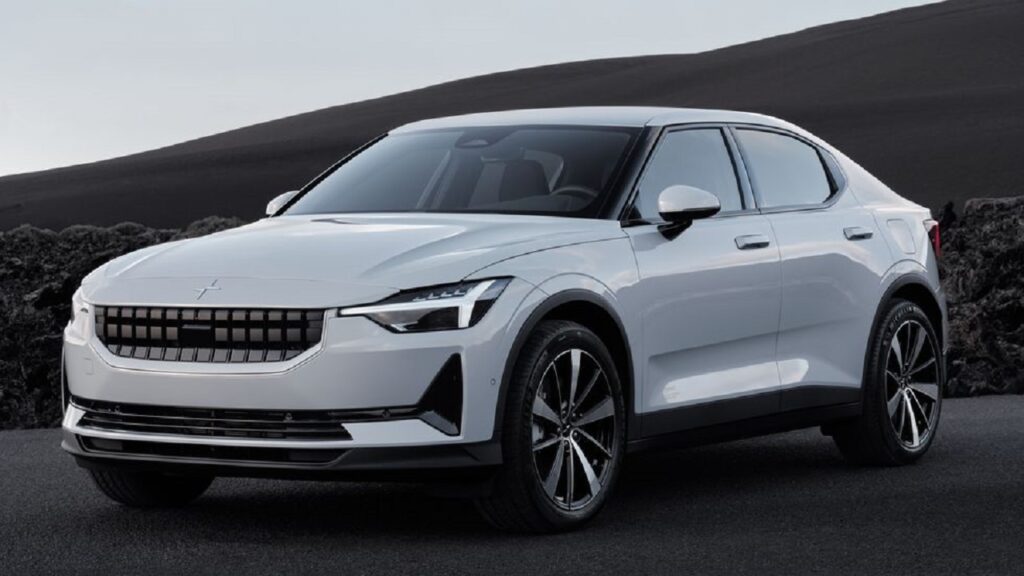
Appearance design:
Although Maximilian Missoni puts a lot of emphasis on the unique design of Polestar products, and we also confirm this issue, we cannot ignore the similarities between Polestar products and some Volvo brand products. Of course, this similarity is not far from expected among the products of a single brand, but Polestar can be more likened to a Volvo that has been over-simplified in its design language, which speaks of a kind of futuristic minimalist design.
The overall design of the room is similar to a sedan coupe (four-door cars with a coupe-like design), and the liftback style (notchback) in its trunk plays a big role not only in inducing the feeling of being a coupe, but also the rough appearance of the rear part of the car. The use of any metal and chrome trim has been avoided in the design of the exterior. The glossy piano black is the mold trim and replaces the former chrome that we are used to, and this very thing helps to instill a sense of modernity in the Polestar 2. The headlights, despite having very strange graphics, still carry Volvo’s traditional T-shaped daytime running light system, the front window and under the bumper are too ordinary, and therefore a lot of effort has been put into their design to portray a harsh appearance. .
But without a doubt, the most beautiful part of Polestar brand cars is their rear view. The vertical, wall-like structure of the trunk is complemented by continuous C-shaped lights running across the width of the car. We can safely say that in the last two decades, perhaps no other car manufacturer, except the two emerging brands Polestar and Genesis, had presented such a new style in the design of their products to the world market.
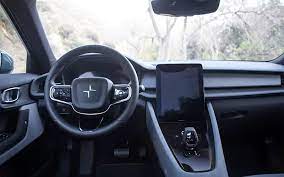
interior design :
The interior also follows a completely continuous style with the exterior, but you may not be able to find the special elements of the exterior in this space. Of course, with more attention and higher precision, we find that although simplicity and minimalism are the first words, the interior of Polestar 2 is still full of fine work and great attention to detail. The use of high-quality two-tone trim, high-quality leather cover, abundance of shiny piano black trim (same as the exterior), all speak of facing a famous car manufacturer. There are only two elements in the interior which we do not expect when facing a car like Polestar.
The first is the use of an 11.2-inch vertical screen at the junction of the middle console and the dashboard, which is not only very small for an all-electric car from 2023, but its portrait (vertical) placement style is the first time that the Tesla brand has used it in the world. took After that, the set of all-digital indicators behind the steering wheel, with dimensions of 12.3 inches, is about an inch larger than the central display of the multimedia system, which indicates the strange dimensions of the central display in this car. The second case is the squareness of the center of the car’s steering wheel, which not only does not match the steering wheel, but also does not match the shape of the Polestar brand logo.
Cars that can compete with Polestar 2 :
Several electric vehicles compete with the Polestar 2 in the premium electric car market, offering varying features, performance, and price points. Some notable competitors include:
- Tesla Model 3: The Model 3 stands as one of the most popular electric cars globally, offering impressive range, performance, and an extensive Supercharger network. Its technology, Autopilot features, and constant updates have positioned it as a significant competitor.
- Audi e-tron GT: Audi’s e-tron GT combines luxury, performance, and a sleek design. It offers a premium driving experience with Audi’s renowned craftsmanship and advanced technology.
- BMW i4: BMW’s i4 is an electric sedan that promises dynamic driving performance, a luxurious interior, and the brand’s signature driving experience. Its range and performance capabilities put it in competition with the Polestar 2.
- Mercedes-Benz EQS: The EQS is Mercedes’ flagship electric sedan, focusing on luxury, cutting-edge technology, and a spacious interior. It competes in the high-end electric vehicle segment.
- Ford Mustang Mach-E: Ford’s Mustang Mach-E is an electric SUV that offers a blend of performance, style, and practicality. It competes with the Polestar 2 in the crossover segment.
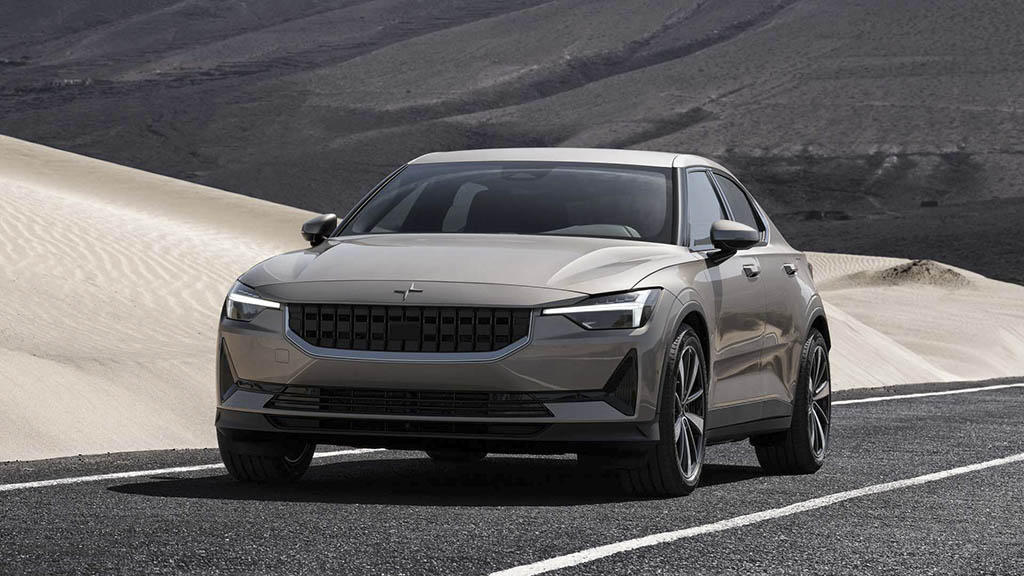
Conclusion :
The Polestar 2 emerges as a compelling entry into the electric vehicle market, showcasing a harmonious blend of Scandinavian design, sustainable ethos, and cutting-edge technology. Its minimalist yet striking exterior, coupled with a thoughtfully crafted interior, embodies a refined sense of modernity and eco-conscious luxury.
Despite its strengths, the Polestar 2 faces challenges typical of new players in the electric vehicle arena, such as infrastructure limitations, competition from established brands, and navigating regulatory landscapes. However, its commitment to pushing the boundaries of electric performance and sustainability, along with its dedication to a seamless driving experience, positions it as a noteworthy contender in the premium electric car segment.
The Polestar 2’s success will likely hinge on its ability to address these challenges, capitalize on its technological advantages, expand its market presence, and resonate with consumers seeking an electric vehicle that harmonizes performance, style, and environmental responsibility. As the automotive industry continues to evolve towards sustainable mobility, the Polestar 2 stands as a testament to innovation and a promising step towards a more eco-conscious future on the roads.
For more information, refer to the official site of Polestar 2
must read : Hyundai Ioniq 6
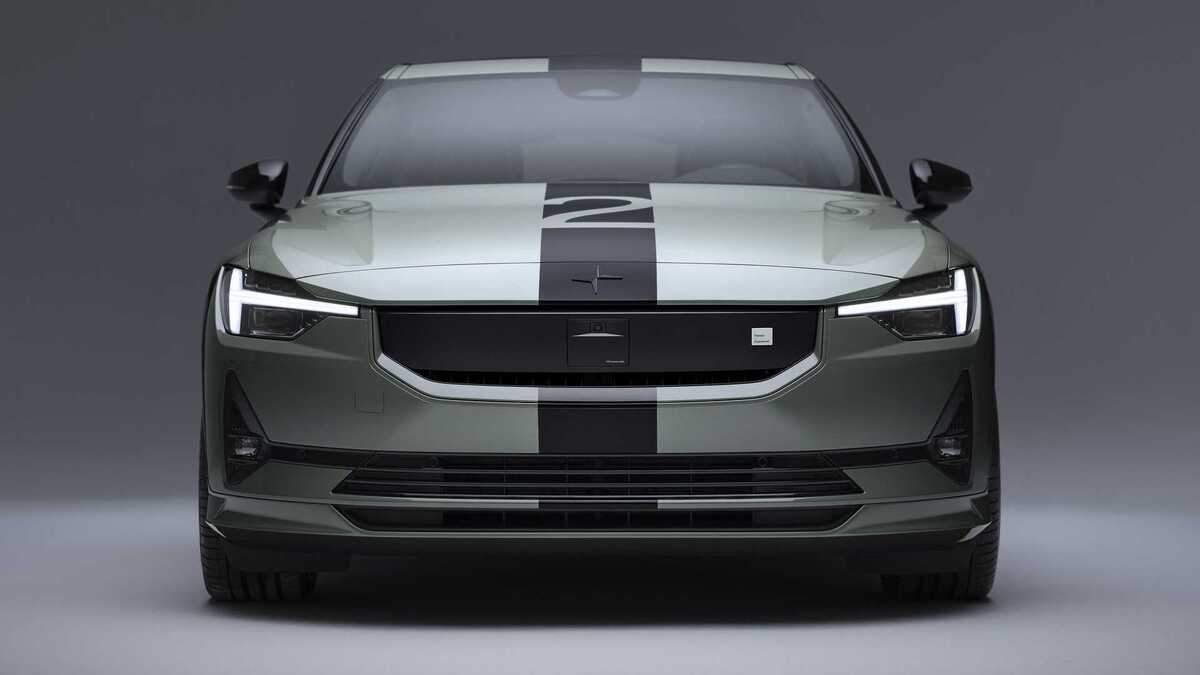
Leave a Reply